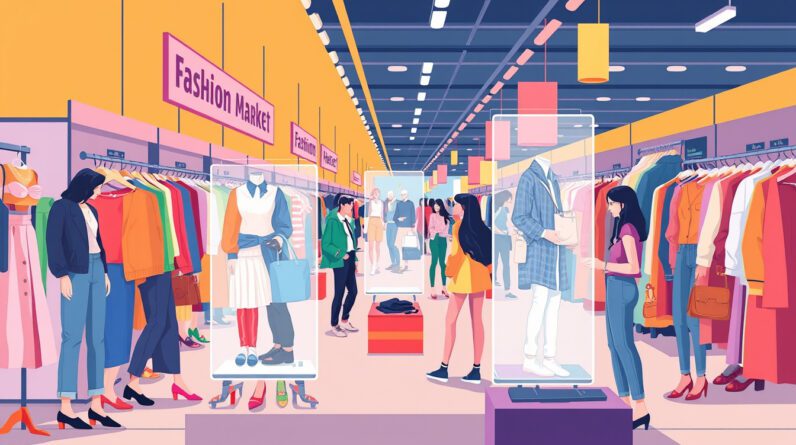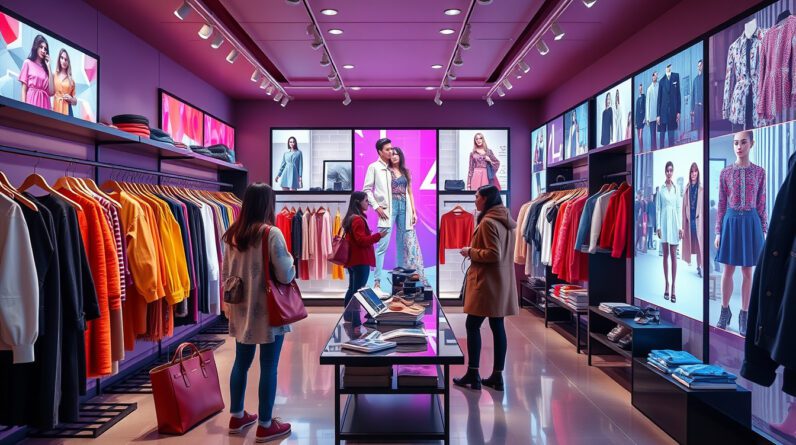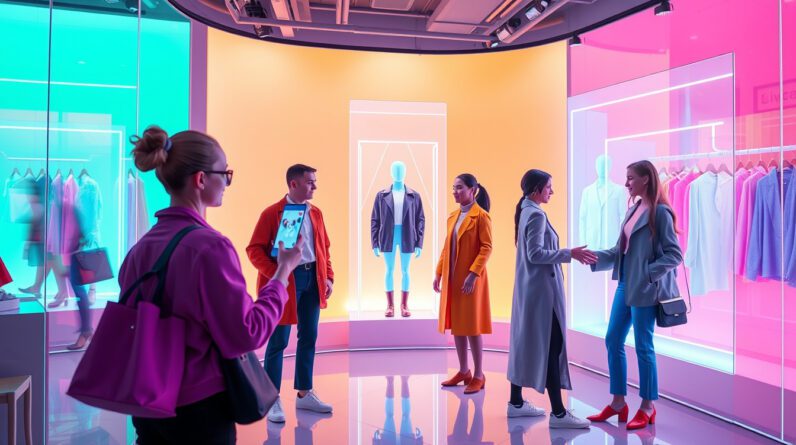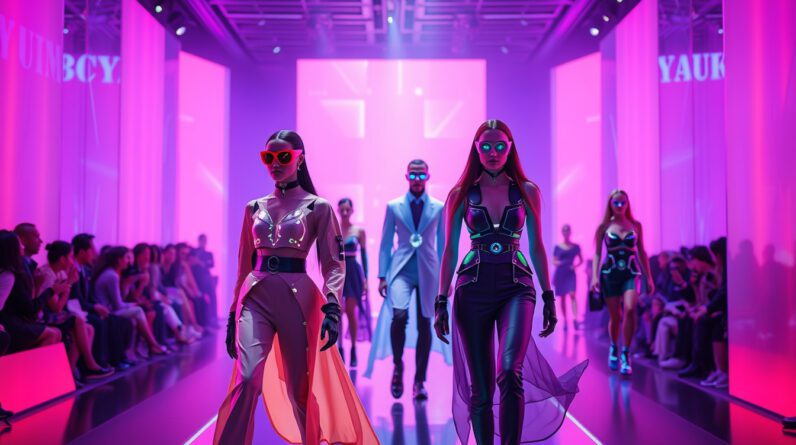
Artificial Intelligence Fuels Surge in Secondhand Clothing Sales, Industry Leaders Claim
The fashion industry shifts. Secondhand clothing sales rise as artificial intelligence grows. James Reinhart, chief executive of ThredUp, one of the largest online resale sites, points out that global sales of used garments grew 15% last year. That growth came in at more than four times the pace of the overall fashion market.
Growing Market Share for Secondhand Clothing
Analysts at GlobalData, paid by ThredUp, show that sales of pre-owned clothing now hit around $227 billion (£175 billion). This sum makes up 9% of worldwide fashion sales. The number is much larger than it was five years ago. It shows that resale sites now claim a share once held by major brands.
Sales of secondhand clothing are expected to rise by 11% this year. AI search tools now help buyers find the items they want. These tools keep related words close, so shoppers quickly see choices based on past purchases.
Influencing Factors and Consumer Trends
The economy plays a part. Tariff changes on Chinese goods may push U.S. shoppers toward used clothing. As prices climb, many Americans seek better value. Reinhart says that when money is tight, buyers turn more to resale options.
ThredUp’s report shows 58% of buyers now choose used clothing. That is an increase of 6 percentage points from last year. The figure is even higher among young people. Among those aged 18 to 29, 68% bought secondhand items last year.
Innovations Changing the Resale Landscape
New AI tools change how people shop for used clothes. They help buyers put together looks using photos. They also show more affordable picks when customers check their carts. Reinhart said these updates make buying used clothes much more straightforward than in regular stores.
Vinted, a key resale company, will open its first street shop in London this week. Visitors view collections put together by well-known influencers. Items are not sold on the spot. Big stores like Primark and Selfridges now include sections for vintage clothing.
Sales Performance and Industry Challenges
Even though sales in the resale market grow, Reinhart said they have not met the goal of 10% of the global fashion market. Budget shops such as Shein and Temu have given buyers many choices and put pressure on resale sites.
Changes to small package limits in the U.S. and Europe might add import taxes to online sellers. This change could favor resale sites. U.S. rules differ from tougher European rules on textile waste.
ThredUp itself saw a modest sales increase of 1% last year, reaching $260 million. The company also reported a $40 million loss from ongoing work after it cut its European branch. Still, Reinhart noted that the old idea of used clothing not making money does not hold. ThredUp has made a base profit for over a year.
Other firms show progress too. UK company Depop reported a 31% increase in sales to reach £71.3 million in 2023 while reducing losses. Vinted, on the other hand, enjoyed a 61% increase in sales, nearly hitting €600 million (£513 million) and made a profit for the first time.
The rise in used clothing sales shows how buyers now value saving money and care for the environment. The resale market is set to grow as new technology makes shopping simpler and faster.






